Frequently Asked Questions
- Home
- FAQ
Have Any Questions?
Why are hand car washes the best?
Hand car washes are often considered the best option because they offer a more thorough and detailed cleaning compared to automated car washes. When you take your car to a hand car wash, the workers will typically pay attention to every inch of your car, ensuring that it is thoroughly cleaned and well-maintained. They will also often pay attention to details that an automated car wash may miss, such as cleaning the wheels and tire rims, and drying off the car carefully to prevent water spots. Hand car washes are also generally more gentle on your car's paint, as the workers can be more careful when washing and drying the car. However, hand car washes can be more expensive and time-consuming than automated car washes, so it's a good idea to weigh the pros and cons before deciding which option is best for you.
What is car wax and how does it work?
Car wax is a product that is applied to the exterior of a car to protect the paint and give it a shiny finish. It is typically made of a blend of natural or synthetic waxes, oils, and other ingredients that create a protective barrier on the car's surface. When applied, the wax fills in small scratches and imperfections in the paint, creating a smooth finish. It also helps to repel water and other contaminants, which can help to prevent rust and other types of damage.
How often should I wax my car?
The frequency with which you should wax your car depends on a few factors, including the condition of your paint, the type of wax you are using, and the weather conditions in your area. As a general rule, it's a good idea to wax your car every few months to keep the paint protected and looking its best. If you live in an area with harsh weather conditions, you may need to wax your car more frequently.
What are the different types of car wax?
There are several types of car wax available, including paste wax, liquid wax, and spray wax. Paste wax is the most traditional type of car wax and is typically applied by hand with a cloth or sponge. It can be more time-consuming to apply than other types of wax, but it typically provides a deeper shine and longer-lasting protection. Liquid wax is applied in a similar way to paste wax, but it is generally easier to apply and dries faster. Spray wax is the easiest type of wax to apply, as it can be sprayed directly onto the car's surface and then wiped off. It provides a quick, shiny finish but does not offer as much protection as paste or liquid wax.
How do I apply car wax?
To apply car wax, you will need a clean, dry car, a wax applicator, and a clean microfiber towel or cloth. Begin by washing and drying your car thoroughly. Then, apply a small amount of wax to the applicator and spread it evenly over a small section of the car's surface. Use circular motions to work the wax into the paint. Once the wax has dried to a haze, use the microfiber towel or cloth to buff it off. Repeat the process until you have waxed the entire car.
Can I apply car wax by hand or do I need a machine?
You can apply car wax by hand or with a machine. Applying wax by hand can be more time-consuming but allows you to have more control over the process. Using a machine, such as a dual action polisher, can make the process quicker and easier, but it is important to follow the manufacturer's instructions and use caution to avoid damaging the paint.
What is auto detailing?
Auto detailing is the process of thoroughly cleaning, restoring, and protecting the interior and exterior of a car. It involves a variety of tasks, including washing, waxing, polishing, and conditioning the car's paint, as well as cleaning and conditioning the car's upholstery and carpets. The goal of auto detailing is to make a car look as close to new as possible and to protect it from future damage.
How often should I have my car detailed?
The frequency with which you should have your car detailed depends on a few factors, including the condition of your car, the type of driving you do, and the climate you live in. As a general rule, it's a good idea to have your car detailed every few months to keep it looking its best. If you drive a lot or live in an area with harsh weather conditions, you may need to have your car detailed more frequently.
What are the different types of auto detailing services?
There are several types of auto detailing services available, including exterior detailing, interior detailing, and full detailing. Exterior detailing involves cleaning, restoring, and protecting the car's exterior, including the paint, windows, and wheels. Interior detailing involves cleaning and conditioning the car's interior, including the upholstery, carpets, and dashboard. Full detailing involves both exterior and interior detailing and is typically the most comprehensive type of detailing service.
How much does auto detailing cost?
The cost of auto detailing can vary depending on the type of service you choose and the condition of your car. Basic detailing services, such as a wash and wax, can start at around $99, while more comprehensive services, such as full detailing, can cost several hundred dollars. It's a good idea to get quotes from several different auto detailing businesses to get a sense of the going rates in your area.
Can I detail my own car or should I have it done professionally?
You can detail your own car or have it done professionally. Detailing your own car can be a time-consuming and labor-intensive process, but it can also be a satisfying way to take care of your vehicle. If you choose to detail your own car, be sure to use high-quality products and follow proper techniques to avoid damaging the paint or other surfaces. If you don't have the time or inclination to detail your own car, or if you want a professional-quality job, you may want to have it done by a professional auto detailing business.
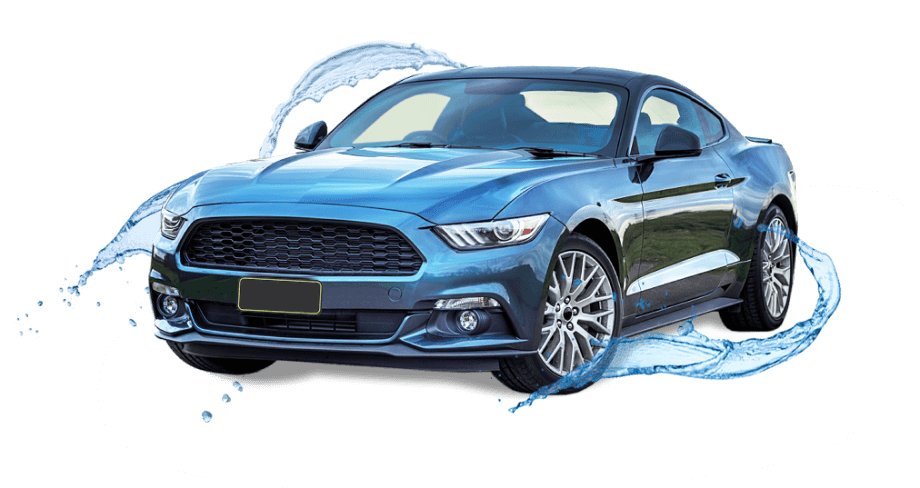


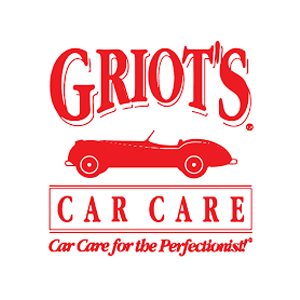
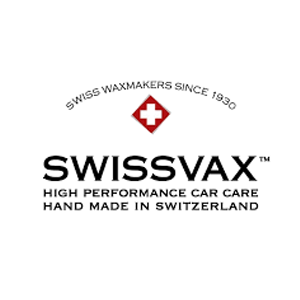
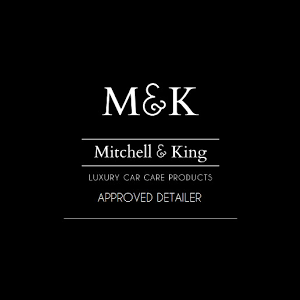
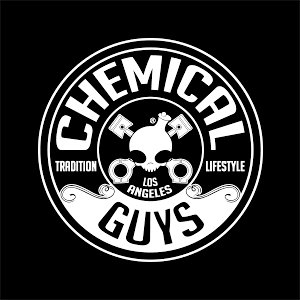

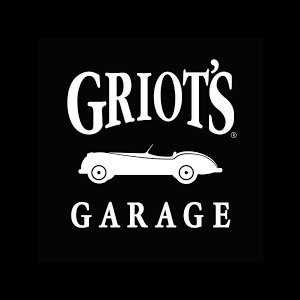


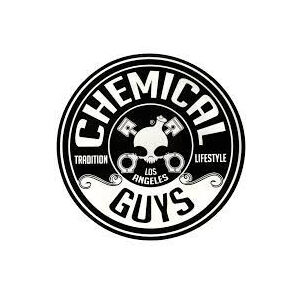
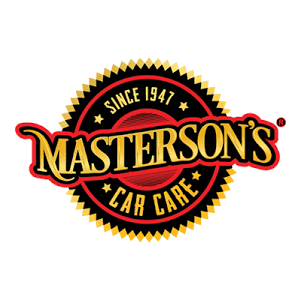

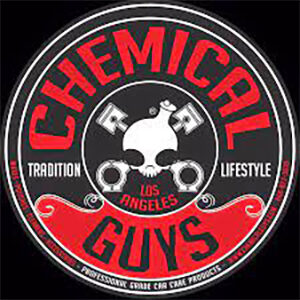
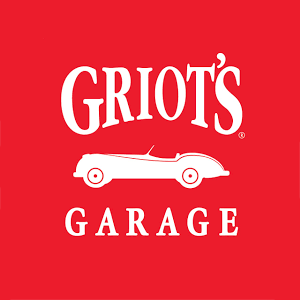
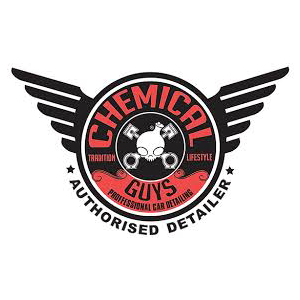

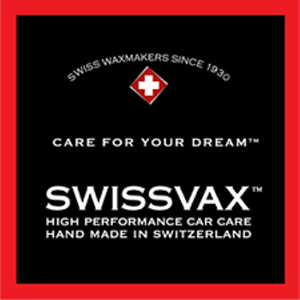


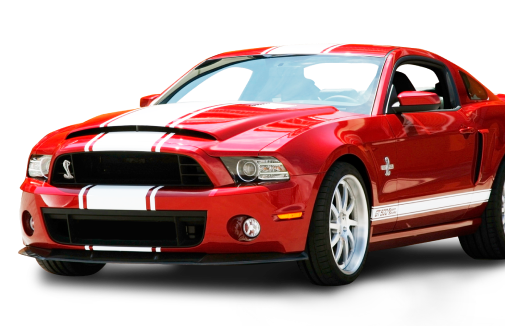
Love From Clients
DroitAdons presents your services with flexible, convenient and multipurpose layouts. You can select your favorite layouts & elements for particular projects with unlimited customization possibilities.
Filip Justić
CTO, Droitthemes
DroitAdons presents your services with flexible, convenient and multipurpose layouts. You can select your favorite layouts & elements for particular projects with unlimited customization possibilities.
Filip Justić
CTO, Droitthemes
- 308 FM 1830 Building 1 Suite A Argyle TX 76226
- info@epiccarwashdetailing.com
- +1 469-884-5454
Our Info
Quick Links
- Blog
- FAQ
- Testimonial
- Area We Services
- ©2024
- Epiccarwashdetailing
- All rights reserved.
